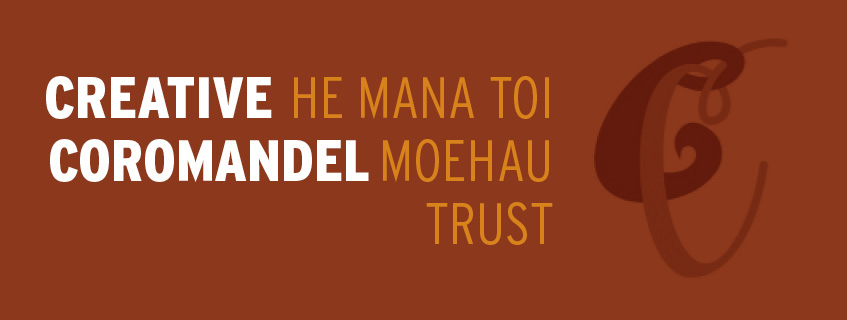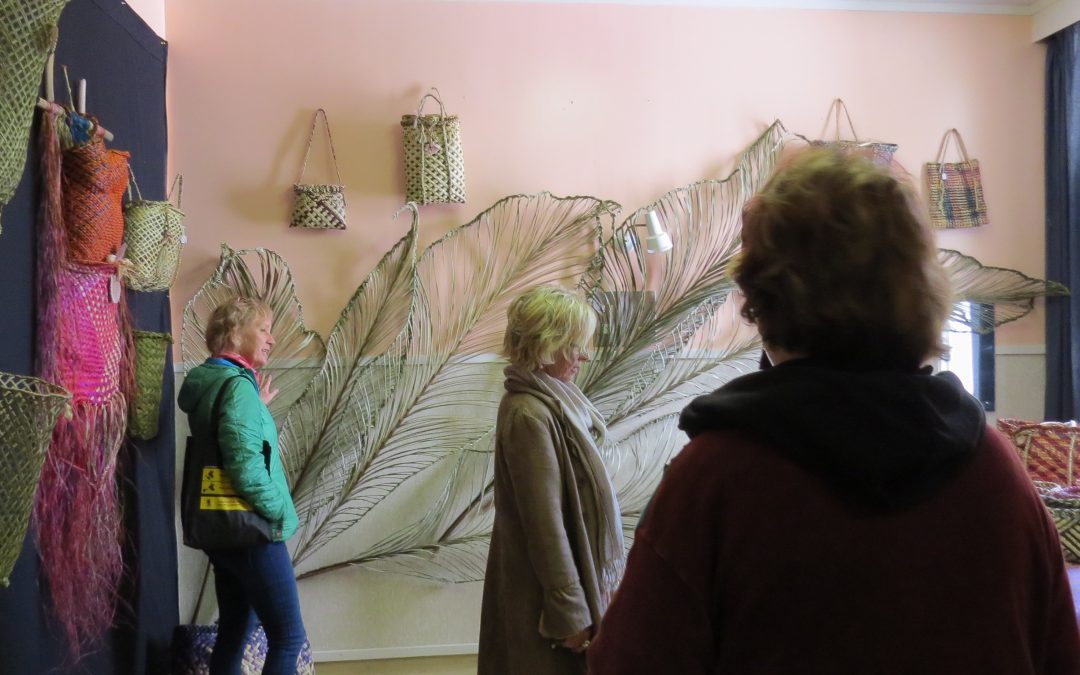Old buildings reimagined as creative spaces
A creative act in itself, the concept of adaptive reuse is about repurposing an old building into something new. The Coromandel, with many heritage buildings intact, lends itself well to adaptive reuse for the arts. The Arts Tour Hospital Hub in Coromandel and the Steampunk Annual Art Exhibition at The School of Mines in Thames are two examples of the innovative use of pop-up art spaces in old Coromandel buildings.
Every year, during the first two full weekends in October, artists open their studios to the public for the Coromandel Open Studios ArtsTour. This year, a wing of the historic Coromandel Hospital at 1740 Rings Road became a pop-up studio. The “Arts Tour Hospital Hub” provided a collaborative arts space for artists to relocate their working studios during the Tour. The hub provided a practical solution for artists based in more remote locations, as well as providing an opportunity for artists to share in the fellowship of working alongside each other.
The Open Studios Committee acknowledge the generous support of David Williams and Patukirikiri Iwi in making the old Coromandel Hospital building available. When approached to request use of the old hospital building for an arts hub for the Open Studios, David Williams (representative of building owners’ Patukirikiri Iwi) was very happy to see the space being used and appreciated by artists and public alike.
Hundreds of visitors came to the Hospital Hub during the October tour. In exchange for meeting the artists and enjoying the art on display, visitors shared personal stories of their remembered history of the hospital.
“We discovered how community members donated the Kauri building timber for free and how lots of people helped build it. (People reminisced about) the babies that were born, the parents who died…who worked there and what exactly was happening in each room,” recalled Coromandel Flax Weaver, Nici Greulich.
Eight artists exhibited in the old building, including first time participant in the Coromandel Arts Tour; Wyuna Bay artist, Fran Campbell.
“As a first time participant it was safe and comfortable and I would recommend it to anyone who is stalling or thinking they’re not ready (to exhibit).”
The hospital layout worked well as a repurposed gallery, with numerous separate rooms.
“It was a wonderful chance to breathe life into a beautiful old building and something that was appreciated by locals and visitors,” said Fran.
In Thames, a classroom and boardroom from 1895 will become a dynamic exhibition space for the Annual Steampunk Art Exhibition in November. The School of Mines, owned by Heritage New Zealand, welcomes activities that bring people in to enjoy the historic buildings, and are very open to involving the community with their heritage. The Steampunk exhibition will include a display of works by Steampunk Artists from near & far, with public entry by gold coin donation.
The exhibition runs from Thursday night at 7:30pm. Those keen to attend should leave The Brewery by Steampunk Central at 7:15pm to walk to The Thames School of Mines for a lamplight tour ($5 koha).
The exhibition thereafter runs Friday to Sunday from 10am until 4pm (gold coin donation). Continuing a legacy of curiosity, the exhibition will be located in the classroom where school of mines students once learnt subjects including Technical Drawing, Explosives, Practical Astronomy and Petrology.
John Isdale from The School of Mines said hosting the exhibition in the venue adds a real element of authenticity. This will be the third year the exhibition is housed in The School of Mines. “Steampunk fits in well. We’re fortunate we’ve done it in the past without compromising the heritage fabric.”
The School of Mines has also been utilised as a community exhibition and workshop space for school students. The School has run paintmaking workshops for the past 12 years. Artist Barry Thomas, based in Wellington, leads the workshops. Not only does he bring his vast knowledge of the art of paintmaking, he also sources the best black charcoal in New Zealand and paper for the students to use.
“An exhibition is held at the end of the workshops for parents and the community to come and enjoy the students’ work. The paintmaking process relates to minerals, so it’s a good fit for The School of Mines. The exhibition provides a reason for people to visit and learn about Thames’ heritage,” explained John.
The School has held gemstone jewellery making workshops and a wet plate photography lecture and workshop in recent times. “It brings people in to enjoy the space,” said John.
Article published 7th November 2018

